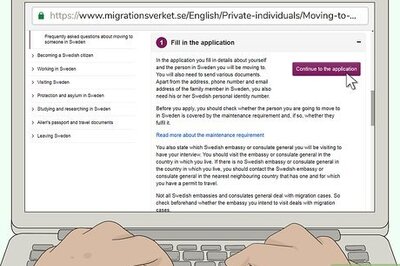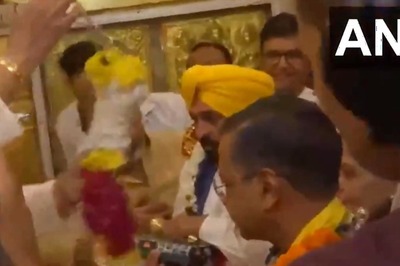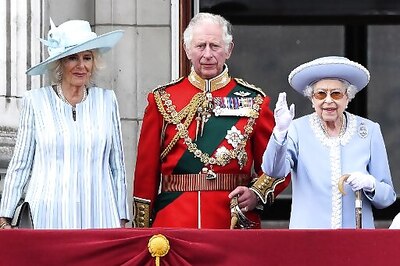
views
The National Health Authority has conducted an internal analysis that shows a 51% drop in claims in the Ayushman Bharat scheme during the Covid-19 lockdown. Several essential healthcare services have been hit.
Cancer treatment was hit by 64%, the report says. This validates concerns among health groups that the lockdown has disrupted essential health services. CNN-News18 spoke with Dr Indu Bhushan, CEO of Ayushman Bharat and National Health Authority of India, to understand what is going wrong.
As per your own assessment, the number of claims has gone down significantly under Ayushman Bharat. This shows that people are not getting access to healthcare. What are the reasons behind this?
This is something we expected. With the pandemic, both the supply side and demand side of the health sector has been impacted. From the report, it is clear the number of active hospitals have gone down. It has happened because some hospitals have converted into dedicated Covid-19 hospitals and some have scaled down their operations because of various reasons.
The number of hospitals has gone down. On the demand side, people are scared to go to hospitals. They don't want to go to hospitals for anything which is not necessary at this time. So they are postponing healthcare.
This is a big setback. Many people may not be getting the services they require. Do you see this problem getting sorted out in days and weeks to come?
It is not a setback. The number of hospitals and services have gone down for elective surgeries, something that can be postponed. Cataract surgeries for example. It has gone down by 90%. Knee replacements. Dialysis, which is critical, has gone down by 5%. For cancer, chemotherapy has not gone down that much and we know and we hope as and when people start to move, demands will be met.
But patients have suffered because your own survey says there has been a reduction in claims for oncology services by 64%? Even tuberculosis for that matter.
We hope that in the next month or so, we will go back to pre-lockdown numbers and start to address the need or pent-up demand that has been created in the last three months.
What is the way forward? What has the conversation been with the government about making these services available to the people and also encourage people to avail of them?
So we are taking several steps in this direction. We have increased the empanelment for these hospitals. As you know many hospitals have become dedicated Covid-19 hospitals; to compensate for the loss of that we are doing a drive to include more hospitals. In the last three months, 2,000 hospitals have been added in our list and 90% of these hospitals are in tier-2 and tier-3 cities. With more hospitals coming on board and existing hospitals scaling back the operations, we do hope that the situation will be improving soon.
Could you give us a break-up of public and private healthcare utilisation of services?
During the lockdown, we saw that people were using private instead of public hospitals because all large hospitals had converted into Covid-only hospitals. Now we are seeing a return to 50-50 utilisation. For tertiary care, private hospitals are providing services and that will continue because in many places private hospitals are providing tertiary care.
How is Ayushman Bharat being utilised for Covid-19 care, both for testing and for treatment? And what is the public private break-up?
More than 6,000 treatments and almost the same amount of testing has been supported under Ayushman Bharat for Covid-19. All testing is in the private sector, because we cover the private sector for testing, treatment is in the public sector.




















Comments
0 comment